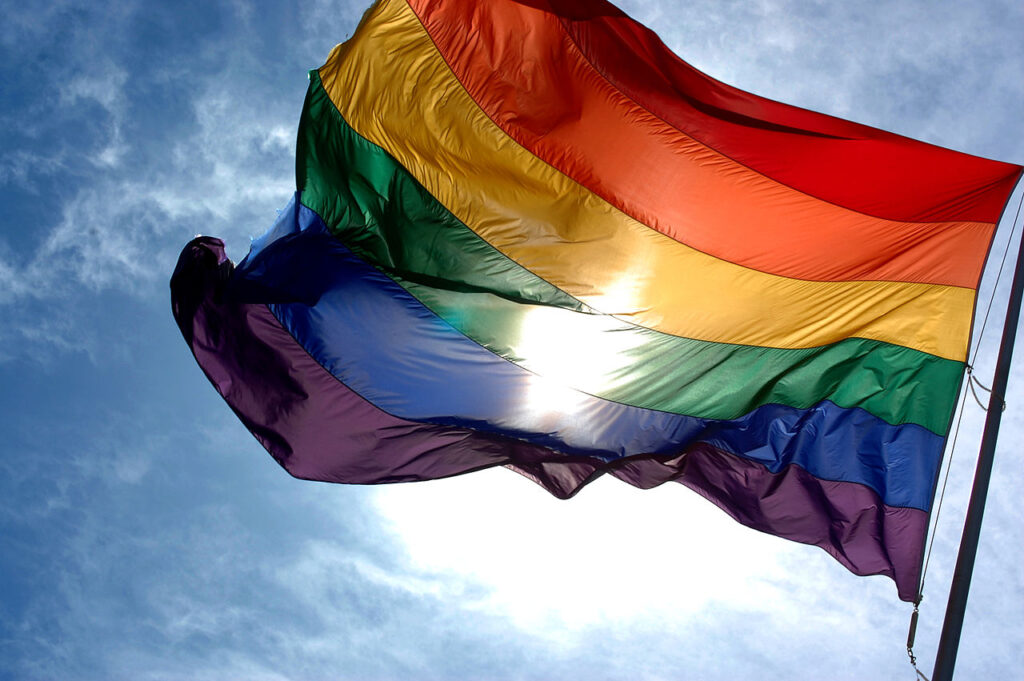
Ludovic Bertron / Flickr / CC BY 2.0
Title VII of the Civil Rights Act of 1964 is a federal law that makes it unlawful for employers to discriminate against employees on the basis of, among other characteristics, a person’s gender. Although many have argued that discrimination against an employee on the basis of his or her sexual orientation should be considered unlawful gender discrimination, courts have widely held that sexual orientation is not covered under Title VII. For many, to obtain relief for sexual orientation discrimination, it is necessary to utilize state or local laws that provide additional protections beyond those provided for under federal law. However, many states do not have any additional protections, and – as counterintuitive as it may seem – it may actually permissible to discriminate against employees on the basis of sexual orientation in those states.
However, the tide may be turning on the conventional interpretation of Title VII. On April 4, 2017, the Seventh Circuit Court of Appeals held in Hively v. Ivy Tech Community College of Indiana, No. 15-1720, 2017 (7th Cir. Apr. 4, 2017), that discrimination on the basis of sexual orientation is a form of gender discrimination under Title VII. The court found sexual orientation discrimination is effectively gender stereotyping – that is, stereotyping that women should be attracted to men – and that Title VII prohibits stereotyping on the basis of gender. Moreover, the Court also held that sexual orientation discrimination is effectively discrimination on the basis of a person’s association with another person of the same gender and that Title VII prohibits discriminating against an employee on the basis that the person associated with another person who is a member of a protected class. The decision is first instance of a federal appeals court interpreting Title VII in this manner.
The Supreme Court has never ruled whether sexual orientation discrimination is covered by the prohibition on gender discrimination. However, the Seventh Circuit’s decision in Hively creates a circuit split on the issue. Furthermore, the Equal Employment Opportunity Commission has separately stated its position that Title VII’s prohibition on gender discrimination also prohibits sexual orientation discrimination, including in its 2015 decision Baldwin v. Foxx, EEOC Appeal No. 0120133080 (July 15, 2015). These decisions must also be viewed in the context of a broad and increasing public acceptance of people with differing sexual orientations, leading to anti-discrimination protections in many states and localities (although there is still no express sexual orientation protection in a majority of states), not to mention a growing popular acceptance of gay marriage. For all these reasons, it would not be at all surprising to see the Supreme Court tackle this issue in the coming years.
| David E. Gottlieb Partner |
| WIGDOR LLP 85 Fifth Avenue, New York, NY 10003 T: (212) 257-6800 | F: (212) 257-6845 |
| dgottlieb@wigdorlaw.com wigdorlaw.com |